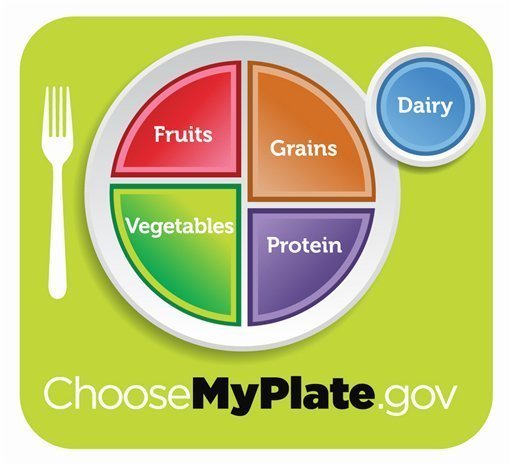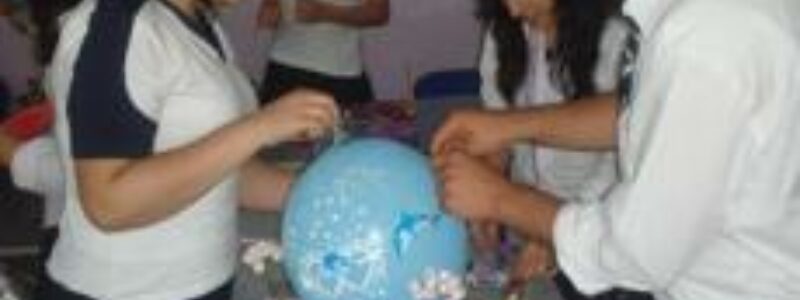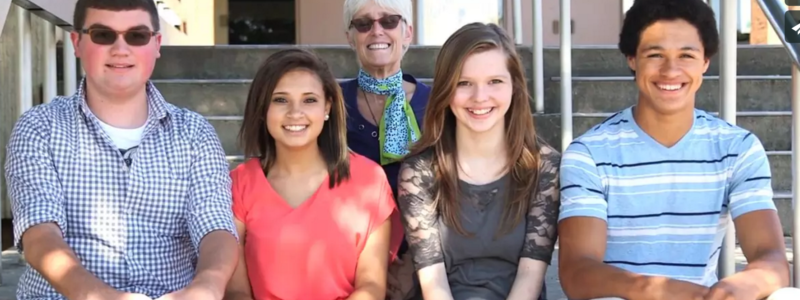Finding Solutions to Hunger

Finding Solutions to Hunger Project Page
Teacher goals:
- To learn how to better use project-based learning
- To collaborate with other teachers around the world and form long-lasting relationships
- To be a better planner and always keep student-centered learning as a focus
Student goals:
- Students will learn about the similarities and differences of people’s food choices and access to food in different countries/cultures around the world
- The will learn with each other, not just about each other
- Students will learn the causes of hunger in the world
- They will learn that they can make a difference in the world if they are informed, and that they can share this information with others to raise awareness about hunger issues
- · They will learn to work cooperatively in large and small groups, and also with their peers in other countries
- They will learn how to organize and plan projects
- They will learn how to present information, knowledge, and projects to a group
Curriculum Standards:
1. AERO: Social Studies: End of Grade 2; People, Places, and Environment
a. Understand the concept of location
b. Use maps and geographic graphs, tables, and diagrams
2. AERO: Social Studies: End of Grade 2; Production, Distribution, and Consumption
a. Understand why people make choices about how to satisfy wants and needs
b. Know the roles that resources play in our daily lives
Common Core State Standards
Math - Measurement and Data - Represent and Interpret Data
Reading 1- Read closely to determine what the text says explicitly and to make logical inferences from it, cite specific textual evidence when writing or speaking to support conclusions drawn from the text
Reading 2 - Determine central ideas or themes of a text and analyze their development, summarize the key supporting details and ideas.
Reading Informational Text 7-Integrate and evaluate content presented in diverse media and formats, including visually and quantitatively as well as words.
Writing 7 - Conduct short as well as more sustained research projects based on focused questions, demonstrating understanding of the subject under investigation.
Writing 8 - Gather relevant information from multiple print and digital sources, assess the credibility and accuracy of each source, and integrate the information while avoiding plagarism.
Speaking and Listening 1- Prepare or and participate effectively in a range of conversations and collaborations with diverse partners, building on others’ ideas and expressing their own clearly and persuasively
Speaking and Listening 2 - Integrate and evaluate information presented in diverse media and format, including visually, quantitatively, and orally.
Speaking and Listening 4 - Present information, findings and supporting evidence such that listeners can follow the line of reasoning and the organization, development, and style are appropriate to task, purpose, and audience.
Timetable and Specific Lessons
- As part of Avenues’ Social Studies curriculum called The World Course, three class periods a week would be dedicated to this project
- Technology needed for the project: Computers with internet access
- Prior to the lessons below, students will be introduced to iEarn, how it works, and the students/classes from around the world with whom they’ll collaborate.
Week 1 - What’s for Dinner? What Influences What We Eat?
- The teacher charts students’ answers to the above questions.
- Students make individual and class graphs of the foods they eat at home.
- They explore the questions above by interviewing parents and family members as to why they eat what they eat. Is there a cultural tradition in the family that influences what they eat at home?
- They write a short essay or create a picture book.
- Students share this with their classmates.
- Students then share their work with other classes in other countries that are taking part in this iEarn project.
- Another possible activity is mapping of the various foods and their countries of origin on a giant classroom world map.
Weeks 2 & 3 – What do people in other countries eat?
- Students choose a country they want to study. (One consideration is to narrow the focus and give the students the choice of researching a country based on what other countries/schools are participating in this iEarn project – I’d appreciate anyone’s suggestions.)
- Using the internet and books from the library, they research the main food staples of their chosen country, how people access the food, and if there are any challenges to obtaining food.
- A good book to use is What the World Eats by Menzel and D’Aluisio.
- They prepare their research to share with fellow students, either as a poster, picture book, or video.
- Students then share their work with other classes in other countries that are taking part in this iEarn project.
- Again, there is also the opportunity for mapping the countries and food on a giant classroom wall map.
Weeks 4 thru 8 – Why are there hungry people in the world? Is there enough food in the world for everyone?
- Students divide into small groups, discuss the questions above, and then present their answers to the class. The teacher charts their responses.
- Working in small groups, students research hunger via the internet and books provided by the teacher.
- Again, the teacher might narrow the focus to a few countries that have the greatest food scarcity and let the students decide which countries from this list they want to research.
- Students also research various organizations in the world that are working toward ending and/or alleviating food scarcity, such as Heifer International, Ending Hunger Network, etc.
- · They will explore this website: http://www.kidscanmakeadifference.org/. On this site they will take a hunger quiz, learn facts about hunger, and what they can do to help.
- They will then return to the questions above and compare what they’ve learned with what they previously knew, or didn’t know.
- Students might also come up with their own quiz that they can share with others both in their own classroom and in others
Weeks 9 & 10
Using their research and all they’ve learned, students will create a public service announcement video that they will share with the school community. The video will educate others about hunger in the world, what people are doing to alleviate this, and what we all can do to help.
All the schools that are collaborating on this project will share their videos with each other.
Collaboration:
- Students will prepare for cross-cultural collaboration by reviewing aspects of Netiquette with the teacher
- Students will role-play and practice with each other via email in the classroom with teacher prompts and questions
- A teacher might also show one of the videos on iEarn to show students how collaborative projects work
- Students will research their topics and share this work with students in other classrooms who are working on the same topic. They will compare and contrast what they’ve learned
- For example, if students from different schools choose to study the food of China, then these children would connect with each other and share their research and ideas
- One new idea that came to me this week is that instead of email, teachers create a main, private blog site for students and teachers only; students post their research, project work, videos, etc. on this blog for all collaborators to see and share. It could be a site that can be posted to and visited whenever convenient for the various classrooms, but should be checked several times a week in class as a group
- Students will connect with each other at least once a week via email or Skype, if possible. Skype may be hard due to the difference in time zones, but this all depends on what countries collaborate. I’m thinking a blog site might be the better way to go.
- Students will peer-edit each others’ work during the entire unit; they will comment on each others’ work and revise accordingly
Assessment
- Teacher observation throughout the project
- Include individual interviews and group discussions
- Compare with students’ past performances
- Daily meeting time with students to reflect on their work and the project
- During the project, the teacher will also help students keep a student portfolio of their work and then have students reflect as a group and individually on the project
- Can the students teach others what they’ve learned?
- This will take the form of the Public Service Announcement project at the end of the unit
- Besides showing the video to the collaborating classrooms, the students will show it to others in the school. They will take questions from other students and based on how well the students can answer the inquiries, the teacher will assess what they’ve learned and if there is anything else that might be needed to enhance and/or extend the project
Conclusion of Activity
- The project will be drawn to a conclusion through the production of a public service announcement that will be shared not only with collaborating schools, but also with their own school
- They will share the project with others through Skype or some other kind of video conferencing if possible; if not, through email or perhaps through a blog site






